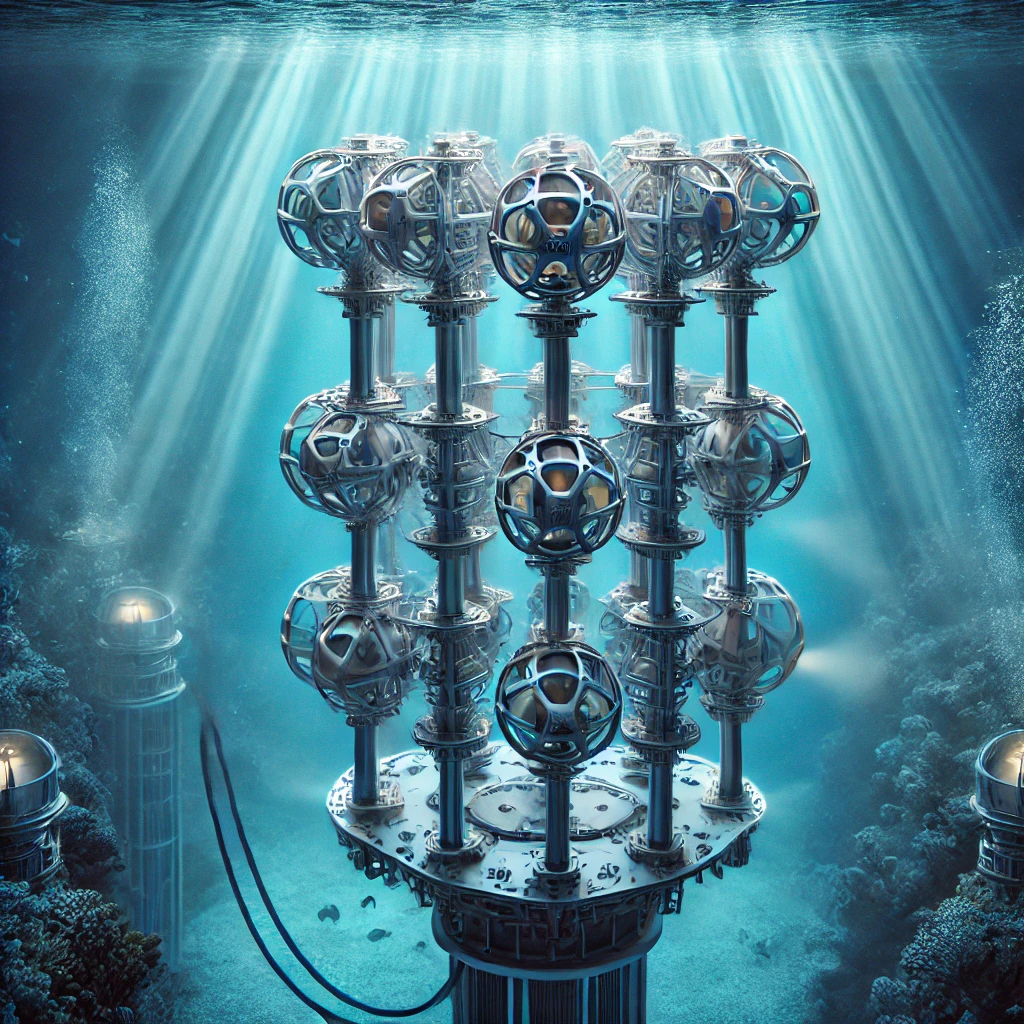Project Overview:
- Scientists are deploying the Cubic Kilometre Neutrino Telescope (KM3NeT) under the Mediterranean Sea.
- It consists of two telescopes: one to study neutrinos from space and the other for atmospheric neutrinos.
Neutrinos Explained:
- Tiny, electrically neutral subatomic particles, second most abundant after photons.
- Predicted in 1931 by Wolfgang Pauli and detected in 1959.
- Rarely interact with matter, making them difficult to detect (“ghost particles”).
Importance of High-Energy Neutrinos:
- Originate from cosmic events like supernovae and gamma-ray bursts.
- Can penetrate cosmic dust, providing insights into hidden regions of space, such as the Milky Way’s core.
Detection Mechanism:
- Cherenkov radiation: Light flashes produced when neutrinos interact with water or ice molecules.
- Detected by sensors to trace the neutrino’s origin and properties.
Advantages of Underwater Telescopes:
- Water scatters light less than ice, improving detection efficiency.
- KM3NeT’s underwater location offers dark and clear conditions for optimal neutrino observation.
Comparison with Ice Cube Observatory:
- KM3NeT operates in the sea, unlike Antarctica’s Ice Cube Observatory in ice.
- Both rely on Cherenkov radiation but differ in environmental conditions and light-scattering properties.
Significance:
- KM3NeT aims to enhance our understanding of cosmic phenomena and contribute to astrophysics by exploring high-energy neutrinos.
Reference: The Indian Express


I like the efforts you have put in this, regards for all the great content.
You’re so awesome! I don’t believe I have read a single thing like that before. So great to find someone with some original thoughts on this topic. Really.. thank you for starting this up. This website is something that is needed on the internet, someone with a little originality!
I appreciate you sharing this blog post. Thanks Again. Cool.